The Heckler & Koch HK91 rifle was based on the design of the earlier HK41 rifle. It was almost identical when introduced in the 1970s with slight modifications. Both rifles are successors of the famous G3 assault rifle, which was a Bundeswehr service rifle for more than 30 years.
Introduction
The German Army’s service rifle, the Heckler & Koch G3 is widely distributed throughout the world and enjoys a high reputation for service-ability. It is too well-known to warrant a separate entry here, but it is perhaps worth reminding readers that it is descended from the Mauser design of Sturmgewehr developed in 1945, whisked off to Spain to become the original CETME, and later returned to Germany and polished into G3 form.
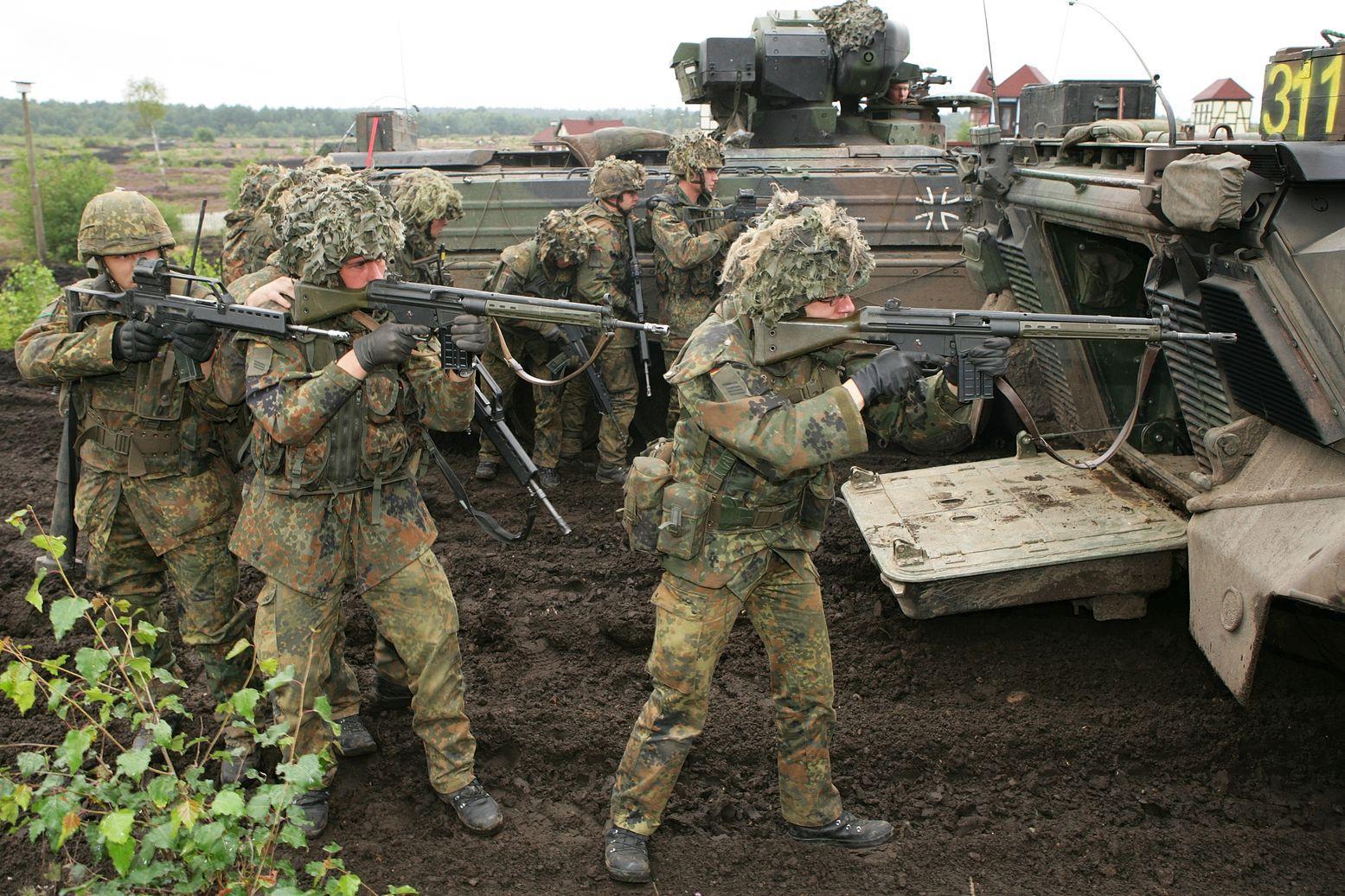
Like many military rifles of today, the Heckler & Koch G3 rifle has a selective fire option that prevents it from being legally acquired by sport shooters, and therefore Heckler & Koch developed a semi-automatic-only version, which was sold as the Model 91. It is almost identical to the HK41 and HK81 rifle with slight differences.
Design
The HK91 is typical of today’s military firearms, having a stamped steel receiver, plastic fore-end, butt and pistol grip, and a very simple takedown procedure. The bolt moves on ribs formed in the receiver walls, and the barrel is pinned into the receiver. Above the barrel is a tubular sleeve carrying the cocking handle and bolt extension.
The bolt is Heckler & Koch’s renowned two-piece unit with roller locking, described elsewhere in these pages, which delays the opening of the breech long enough for the bullet to clear the muzzle, after which the action is straightforward blowback. One problem with blowback action is that the initial extraction of the cartridge tends to be somewhat abrupt, and this can cause trouble with necked high-pressure cases.
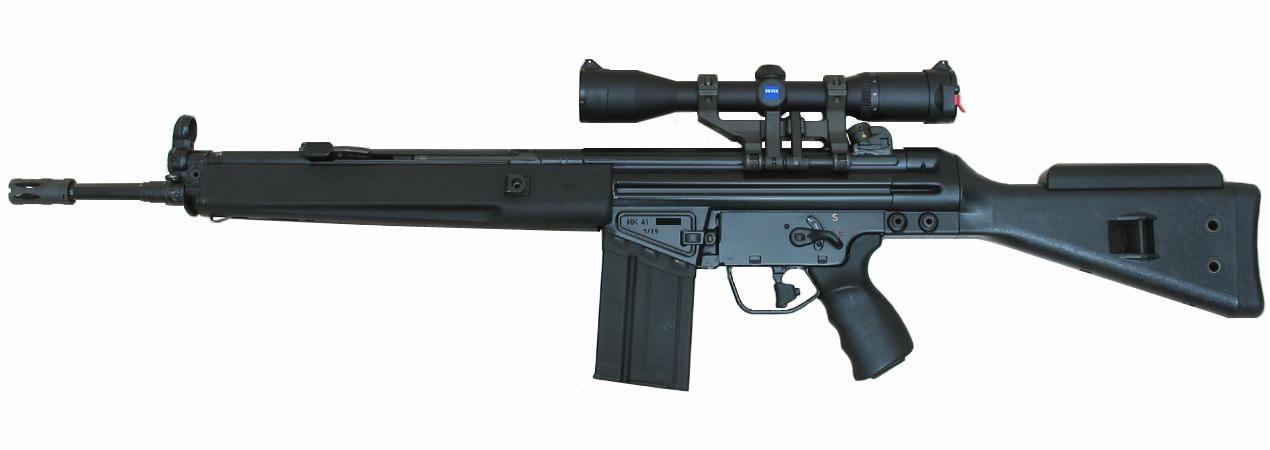
The rifle uses a grooved chamber to allow gas to flow back down the grooves to the outside of the case and so ‘float’ it on a layer of gas, making extraction easier and generally foolproof. The cases are ejected streaked with carbon and generally looking rather sorry, but experience has shown that they are perfectly safe to reload several times.
Sights and butt
The sights are standard Bundeswehr service pattern, a post inside a ring for the foresight, and a rotating rear sight with apertures for 200, 300, and 400 meters. There is also an open notch ‘battle sight’, and the entire rear sight unit can be adjusted to compensate for individual zeroing and for differences in ammunition.
The standard model uses a fixed plastic butt, there is also a version with a telescoping metal buttstock. There is also Heckler & Koch HK93, similar to the HK91 but chambered for the 5.56 mm cartridge.
Accuracy
The accuracy of the HK91 is rather better than average for this class of rifle; it will generally make four to five-inch groups at 200 yards with European service ammunition, rather worse with other types. With hand-loaded ammunition, it should be possible to get slightly under four inches if a telescope sight is used.
Variants
There are four production models of the HK91:
- HK91A2: Fixed stock and semi-auto “SE” or “0-1” trigger group.
- HK91A3: Retractable 1-position stock and semi-auto “SE” or “0-1” trigger group.
- HK91A4: Fixed stock, semi-auto “SE” or “0-1” trigger group, and Select Polygonal Bore.
- HK91A5: Retractable 1-position stock, semi-auto “SE” or “0-1” trigger group and Select Polygonal Bore
Licensed copies
Licensed copies of the HK91 were manufactured in Greece. The production was organized by Hellenic Arms Industry or “EBO”, using factory tooling purchased directly from Heckler & Koch. A small number of these rifles were imported into America by Springfield Armory, Inc. and sold under the designation SAR-8.
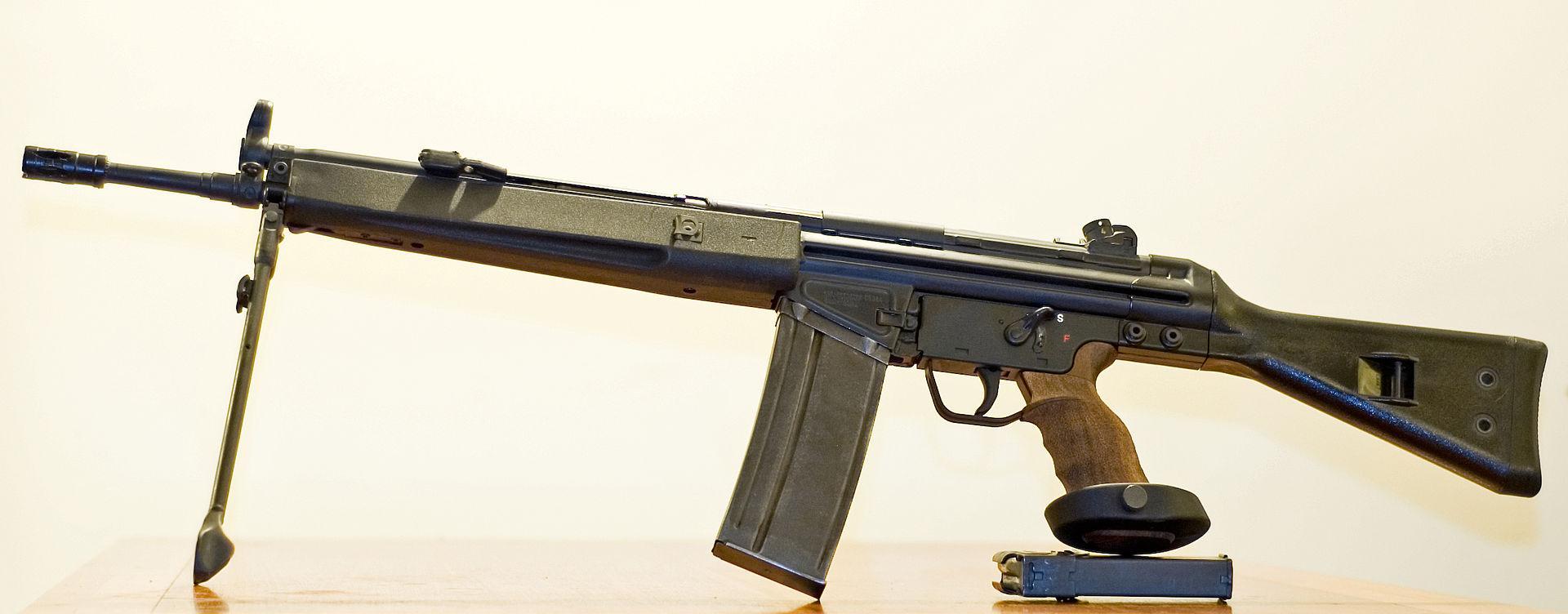
The SAR-8 rifles which were imported up to 1994, are not to be confused with later Springfield-made SAR-8 model rifles. The difference was in cast aluminum receivers in the later SAR-8 version. Those rifles were considered of markedly lower quality, being valued at far less than the original Greek models.
HK91 in the United States
The Heckler & Koch HK91 in the United States firearm market was very valuable since it was banned from further importation by an executive order issued in 1989. Less than 50,000 HK91 rifles were imported into the U.S. prior to 1989.
The retail price for a rifle in the late 1970s was roughly $380 for the standard A2 models and $50 more for the A3 version. Prior to 1979, Heckler & Koch did limited production runs of HK91s with polygonal rifle barrels. These were only $10 more than their standard counterparts. Today, the original Heckler & Koch HK91 in good condition has an estimated value of over $2000.
Technical specifications: HK91
| Manufacturer: | Heckler & Koch GmbH, Oberndorf Am Neckar, Germany |
| Designed: | The 1970s |
| Service: | – |
| Type: | delayed blowback, selective fire |
| Caliber: | 7.62×51mm NATO (.308 Winchester) |
| Barrel: | 19 in (482 mm) |
| Weight (empty): | 10.25 lbs (4.65 kg) |
| Effective firing range: | 200-400 m |
| Rate of fire: | 500-600 rounds per minute |
| Magazine capacity: | 5-round or 20-round double column, and 50 round single stack drum magazine detachable box magazine |


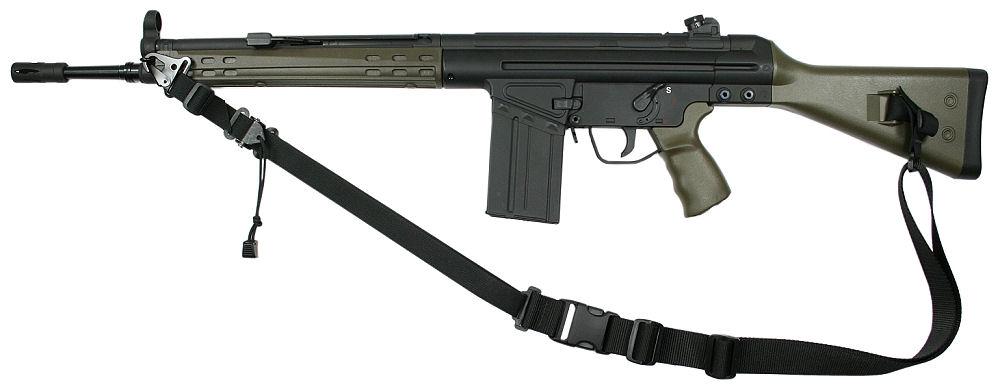
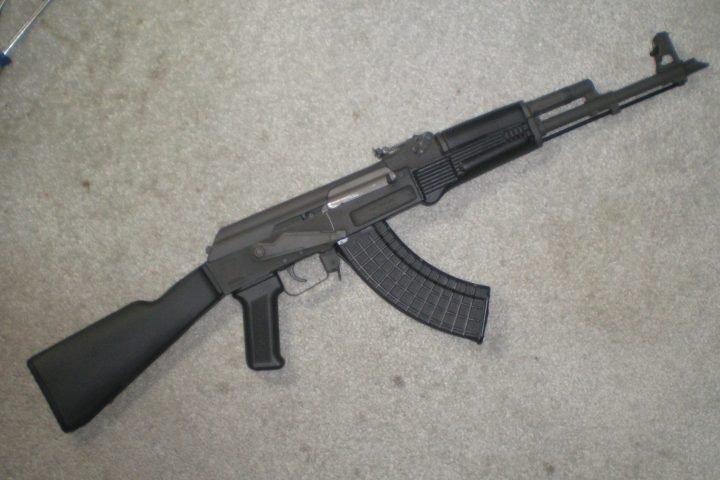
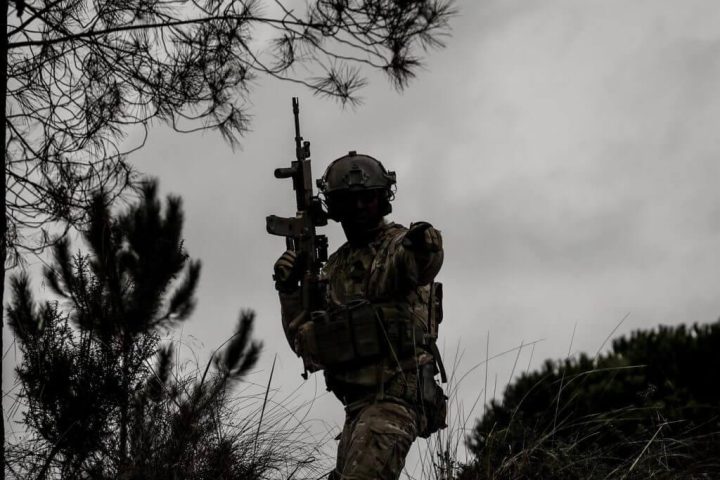
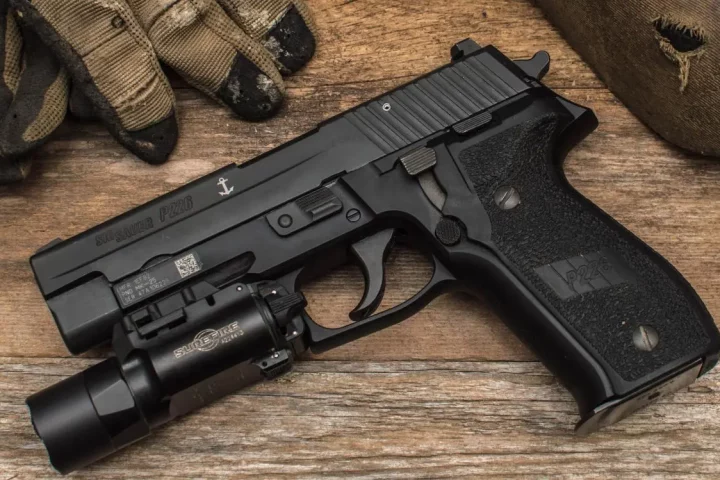
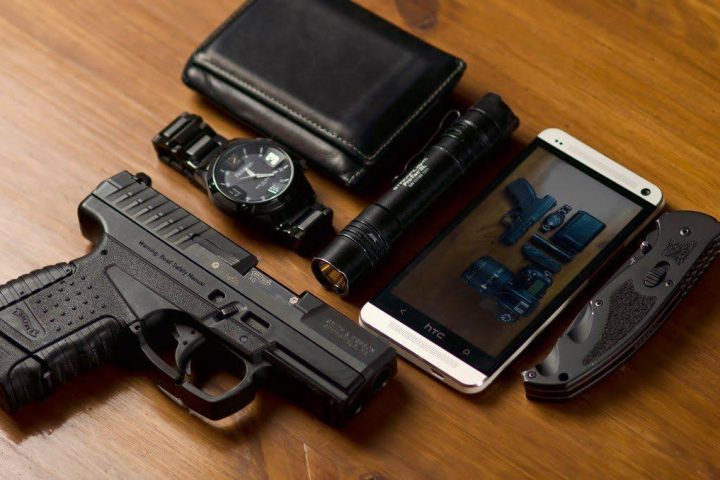







Yes, get one while you still can. The Biden Administration is trying to take them away for Law abiding Citizens!!
Have never got to operate a 91, would like to. Have heard they have a punishing recoil.